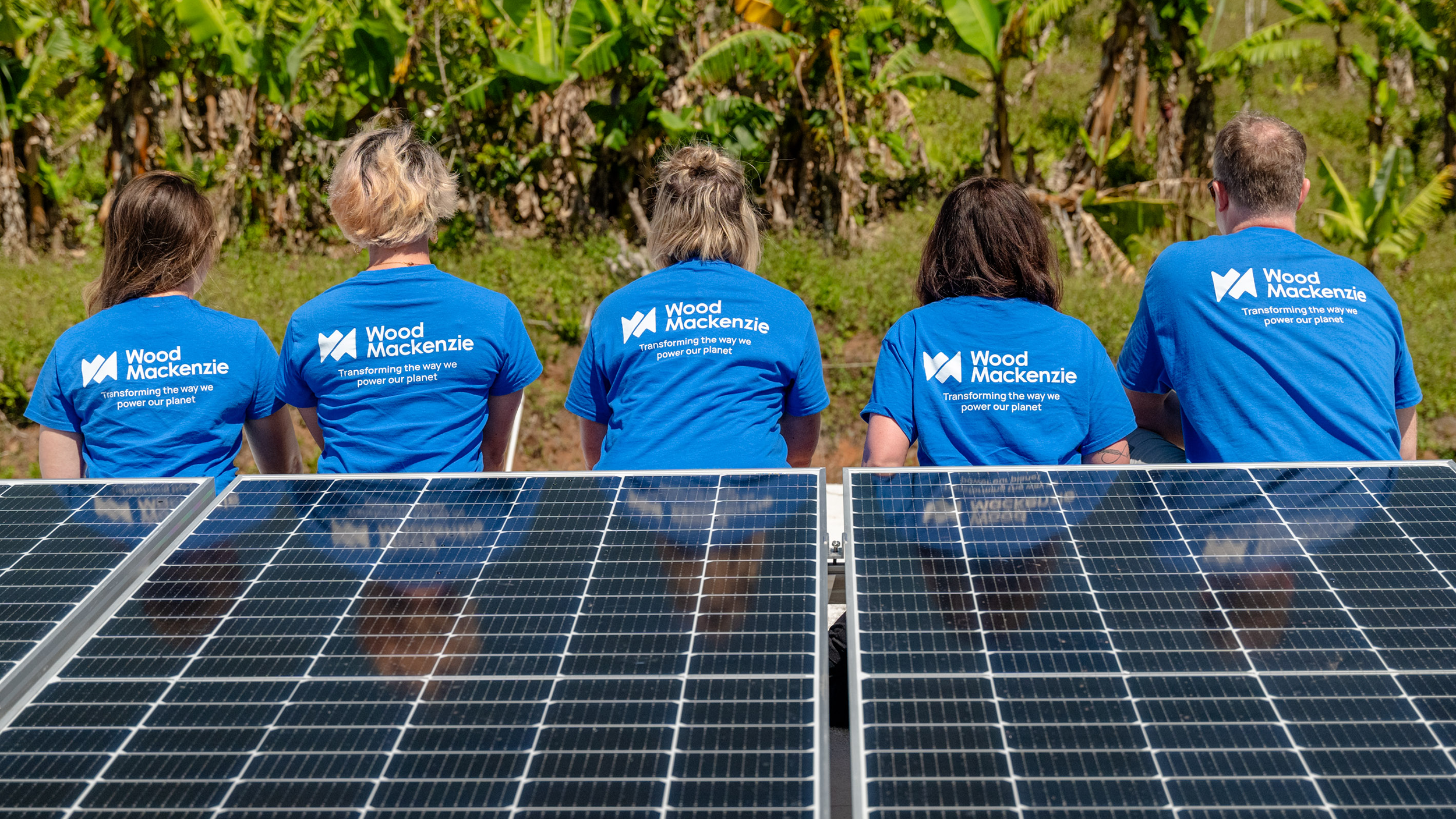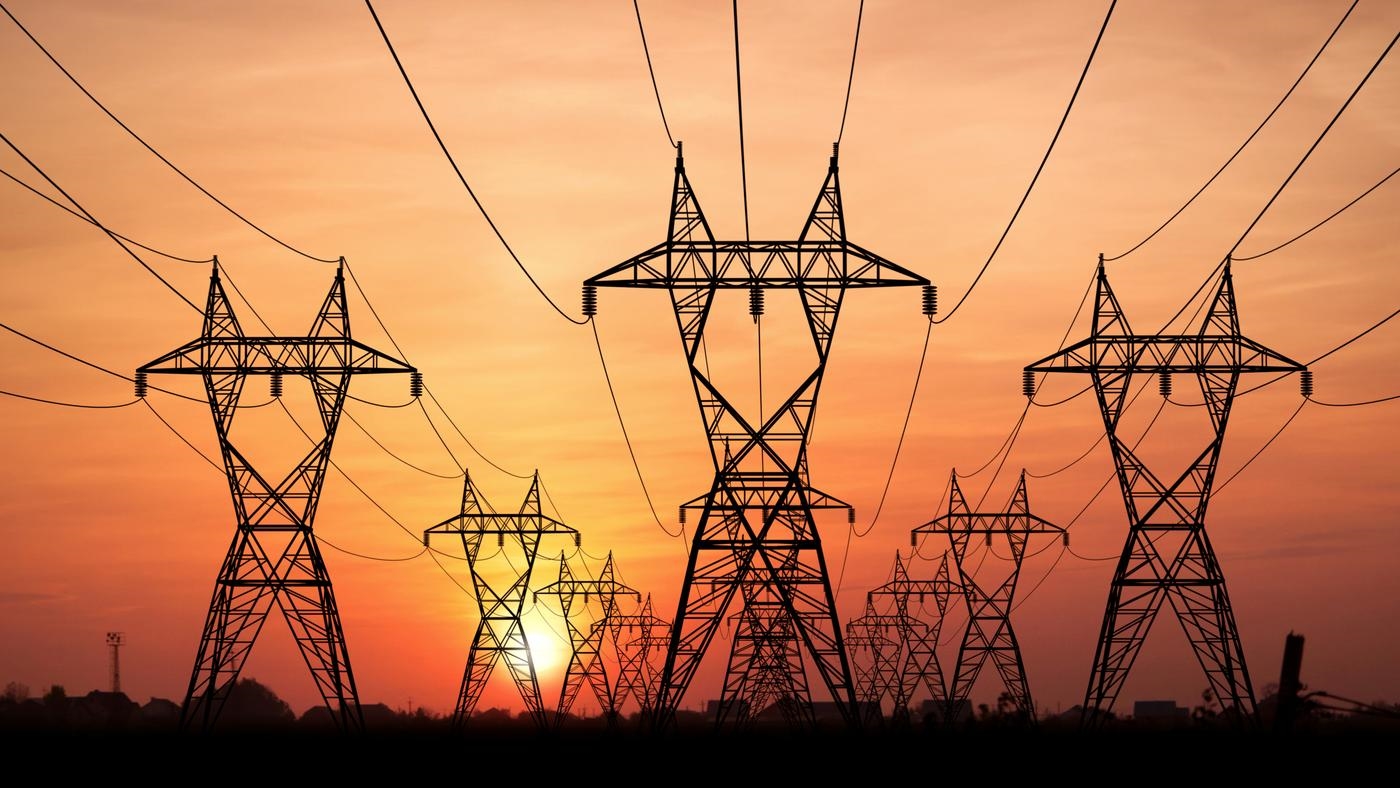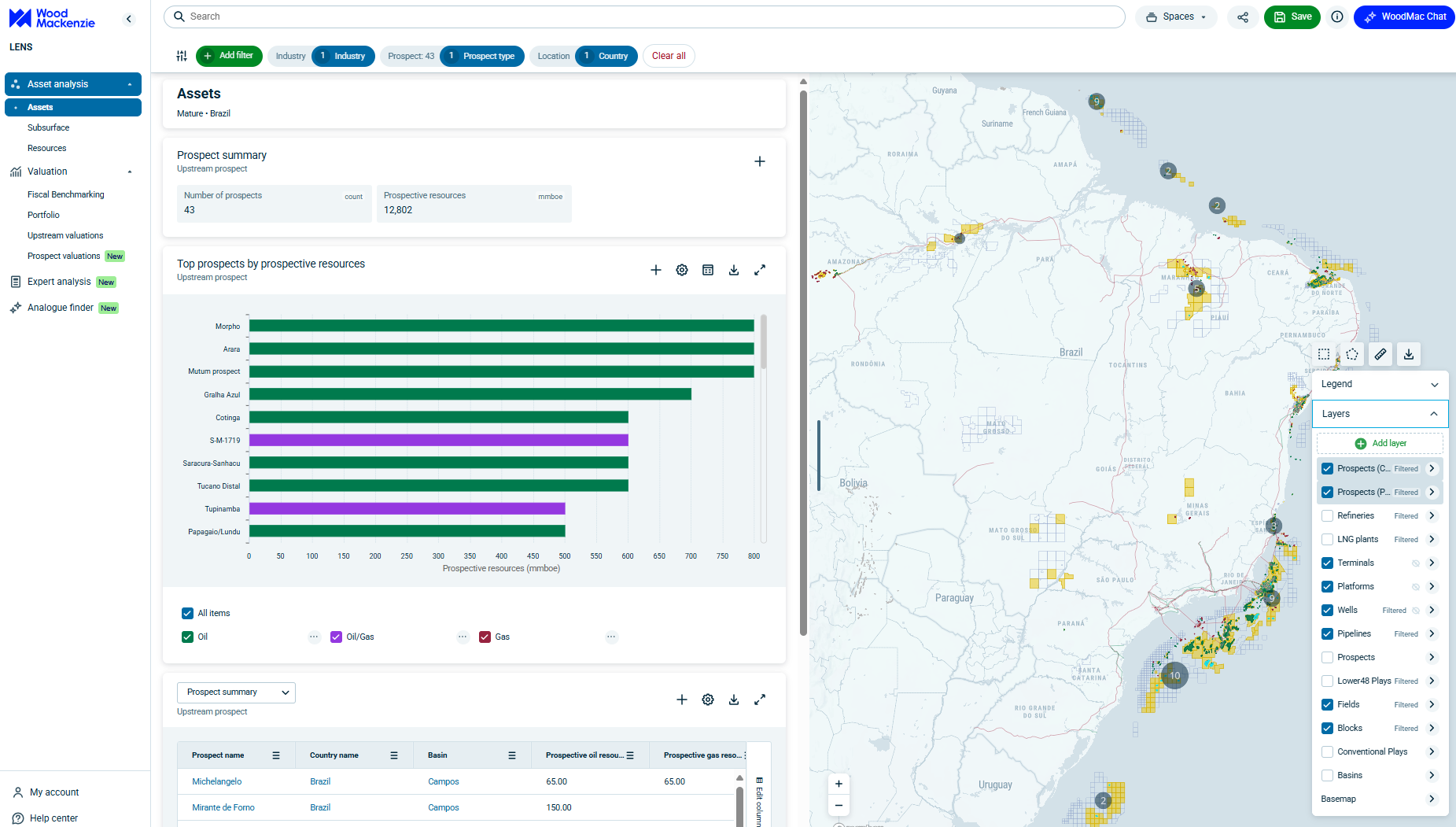The European CCS Timeline: Promise vs. Reality in the Race to 2030
Can the EU close the gap on its Net Zero Industry Act targets as carbon capture projects fall behind schedule?
2 minute read
Jon Story
Vice President, Energy Consulting, Head of CCS Consulting

Jon Story
Vice President, Energy Consulting, Head of CCS Consulting
Jon is a vice president and global head of Wood Mackenzie’s CCUS consulting.
Latest articles by Jon
View Jon Story's full profileLisa Gillespie
Director, Energy Consulting

Lisa Gillespie
Director, Energy Consulting
Lisa is an experienced project manager working across upstream and the energy transition.
Latest articles by Lisa
View Lisa Gillespie's full profileJack Mageau
Senior Research Analyst, CCUS

Jack Mageau
Senior Research Analyst, CCUS
Jack provides strategic insight on the global CCUS landscape to project developers, governments and investors
Latest articles by Jack
-
Opinion
Enhanced oil recovery with captured CO2: insights on CCS-EOR
-
Featured
CCUS: 5 things to look for in 2024
As part of its drive to promote CCS as a tool to combat climate change, the EU introduced the Net Zero Industry Act (NZIA), in June 2024. Article 23 of the NZIA places an obligation on certain oil and gas producers to make 50 mtpa of CO2 injection capacity available in the EU by 2030. Specific company-level contributions were set in July 2025.
According to Wood Mackenzie’s database, the EU CCS project pipeline is insufficient to meet the 50 mtpa target, with unrisked capacity falling short of the target by almost 50%.
Wood Mackenzie was engaged by Shell, TotalEnergies and ExxonMobil to conduct a study looking at the expected progress of CCS projects in the EU and an assessment of the likelihood of these projects being ready for start-up by 2030. The study leveraged our database of announced projects across the EU along with project level data which was aggregated at a country, value chain and sector level to provide robust analysis around development timeframes while also reviewing against projects which are already operational or under construction in Norway and the UK.
This report outlines our assessment of the injection capacity build-up, showing how the volumes are not going to be sufficient to meet the NZIA target.
Here are the key findings:
- In June 2024 when the NZIA was announced, our analysis showed that on an unrisked basis, the maximum injection capacity that could be made available by 2030 was 36.3 mtpa
- By October 2025, the cancellation and delay of several projects led to the unrisked injection capacity falling to 28.5 mtpa by 2030 (57% of the obligations under Article 23, NZIA)
- This estimate falls to 21.1 mtpa when discounting volumes from projects that have been announced but that have no exploration or appraisal licence
- EU CCS projects that are already operational or have attained Final Investment Decisions (FIDs) will only contribute 2.9 mtpa of injection capacity by 2030
- There are several obstacles that add additional risk to the execution of CCS projects in the EU:
- European CCS projects require over 8 years on average from exploration/appraisal to commencement of operations. For projects not at that stage by 2023, start-up by 2030 would require unprecedented speed of project execution
- Regulatory and legal challenges present obstacles that will impede timelines
- The market conditions that drive the CCS value chain (primarily the prevailing ETS price) are likely insufficient to drive the levels of uptake that would deliver the NZIA’s target by 2030
- Europe is already one of the world’s highest-cost regions for CCS. Based on analogues in other industries, the acceleration required by the NZIA could result in cost escalation and schedule delays due to supply chain constraints
- There is a high risk of stranded assets in the case that demand for storage from capture developers fails to meet the levels of storage required by the NZIA
Don’t forget to fill out the form at the top of the page to access your complimentary copy of the full report.








